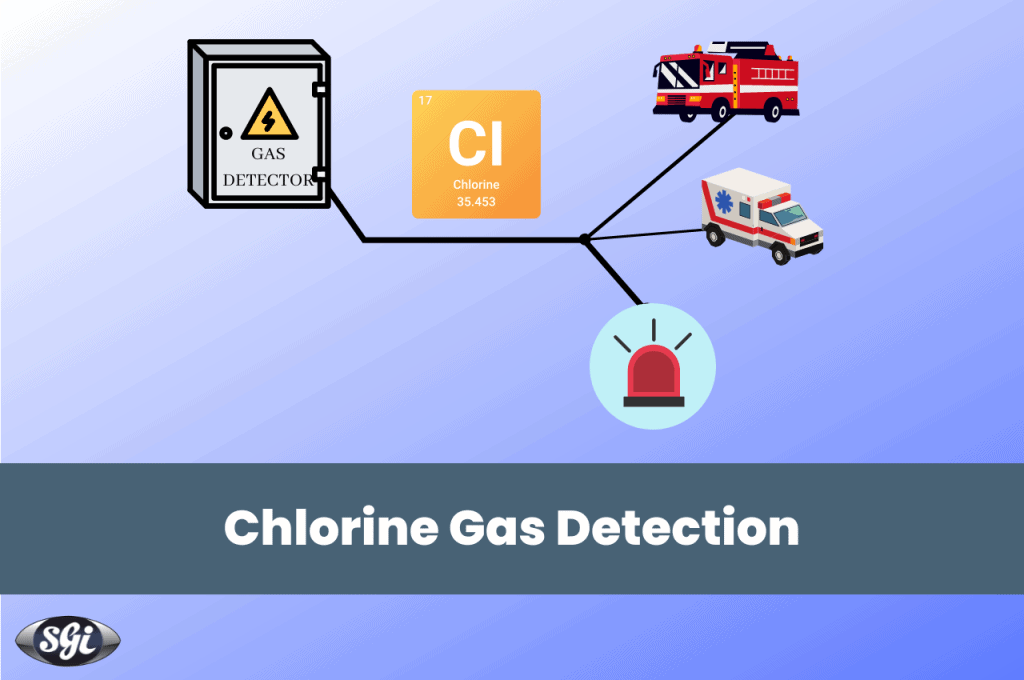
Chlorine, a yellow green gas at room temperature, is a highly dangerous gas with multiple uses across industries. As it is widely used for industry applications, many organisations store and use huge quantities of the gas, which if handled incorrectly, can cause critical health hazards and even death.
Gas detection technologies have evolved over the years to identify the source, quantity, and criticality of chlorine leaks in the environment. Take a look at all the different gas detection technologies available today in our previous post.
While we talk about technologies, let's take a look at all the basic chlorine detection tests that can help determine the presence of chlorine in a given sample, solution, or environment:
Odour: Chlorine gas is yellow green in colour and has a bleach-like pungent odour. This odour is fairly identifiable even in lower concentrations in the air making it easier for personnel to detect chlorine. Although, the concentration of chlorine is unknown and breathing the gas in, especially if chlorine is present in high concentration, is a major health risk.
Litmus test: Chlorine can be detected with the help of a damp litmus paper. If chlorine comes in contact with a damp litmus paper, some of the chlorine dissolves in the water and bleaches the litmus paper white.
Starch-iodide paper test: Similar to the litmus test, chlorine can also be tested using a starch iodide strip. When starch iodide comes in contact with chlorine, it oxidises the iodine which then reacts with the starch turning it black-blue in color.
Ammonia: Most professional personnel handling chlorine in a plant environment depend on ammonia to test and identify chlorine leaks. Professionals either use a bottle with a narrow nozzle which can disperse ammonia in a precise area or use ammonia covered cloth that is wrapped on a stick to detect chlorine. As ammonia comes in contact with chlorine, it reacts and releases visible vapour confirming the presence of chlorine in that section.
Chlorine gas detectors: Lastly, chlorine gas detectors are available in portable and stationary options allowing companies to detect chlorine leaks at the earliest. Installed chlorine detectors can not only detect the presence of chlorine in the environment, but also determine its concentration levels in the air. Alarms connected to the detectors can notify personnel in the vicinity of the leak as well as alert appropriate authorities in the area of the situation.
Chlorine gas leaks are deadly and can cause irrevocable harm to those exposed to it. It's necessary that organizations dealing with large quantities of chlorine ensure safety protocols, procedures, training, and emergency procedures are in place.